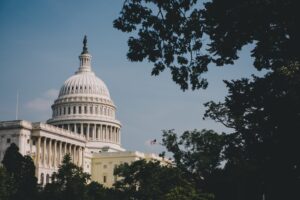The Great American Oversight
In 2025, the political language still claims to champion the “working middle class.” Every campaign speech and budget promise is layered with praise for hard-working families, small business owners, and blue-collar grit. But behind closed doors—and buried in budget proposals—a brutal reality is unfolding:
If you earn between $30,000 and $65,000 a year, you are in the most precarious economic position in the country. You are too “rich” for government assistance, but too poor to absorb policy cuts without consequence. And yet, you’re the one who pays—quietly, invisibly—as safety nets are stripped away.
This isn’t by accident. It’s a byproduct of how American policy now defines “need”—and how the myth of the protected middle class is being weaponized.
The Middle Class Illusion
Politicians love to invoke the middle class. It’s a feel-good category that signals fairness, hard work, and shared values. But it’s no longer economically protected—and in many ways, it never was.
The Reality:
- Wages have stagnated while costs for healthcare, housing, and education have exploded.
- Public programs are increasingly means-tested, and income thresholds haven’t kept up with inflation.
- A household earning $45,000 may seem stable on paper, but one emergency—illness, job loss, rent hike—can unravel it all.
And in 2025, these very families are becoming the first to be cut off.
Additional Context:
- This income group is often excluded from targeted help yet remains highly vulnerable. They’re frequently left out of aid because they appear “stable,” but most are one crisis away from collapse.
- Budget cuts in 2025 disproportionately affect this group. Medicaid, SNAP, and public health programs are essential safety nets for these earners—even if they don’t realize it until they need them.
- Politically, they are used as symbols but not served by policy. They’re praised in speeches but ignored in practice, especially when eligibility thresholds and program requirements are tightened.
- They face emotional and financial stress silently. Most don’t organize, speak up, or push back, because they’re too busy surviving—and too often ashamed to ask for help.
Medicaid Cuts: The First Blow
The proposed shift to block grants and per-capita caps in Medicaid is pitched as a cost-saving reform. But the truth is, it slashes federal responsibility and leaves states to ration care.
For middle-income earners who don’t get employer insurance—or whose plans have high deductibles—Medicaid is often a critical fallback.
What happens now:
- You lose your job.
- You apply for Medicaid.
- Your state has hit its funding cap.
- You’re denied.
You’re not poor enough for priority. You’re not rich enough to pay out of pocket. You’re left with nothing.
Food, Housing, and Healthcare Assistance: Income Cutoffs with No Cushion
SNAP benefits, subsidized childcare, and housing assistance all have income ceilings that are outdated and rigid. If you’re slightly over the limit—even by a few hundred dollars—you’re out.
In 2025:
- More programs are being restricted or restructured, with tighter verification requirements.
- Work requirements and shorter eligibility periods are being added.
- Support systems assume you have savings or flexibility you don’t.
The result? Punishment for trying to do everything right.
The Psychological Trap of “Making Just Enough”
Middle-income Americans often don’t fight for benefits because they’ve been told they shouldn’t need them.
They’re expected to:
- Be financially independent
- Save for retirement
- Afford insurance
- Support family
All while absorbing rising costs, vanishing services, and more risk than ever. And when they do need help? They’re shamed for asking.
Why This Is Strategic, Not Accidental
The middle class has become the ideal political symbol but the easiest group to squeeze:
- They don’t protest in the streets.
- They don’t qualify for legal advocacy.
- They’re told they’re “lucky” to be above the poverty line.
Meanwhile, budget cuts target the very programs this group quietly relies on: public schools, state-funded universities, Medicaid, SNAP, energy assistance, and more.
And all the while, wealthier groups enjoy tax shelters, lobbying power, and private alternatives.
A Class with No Net
If you’re earning between $30K and $65K in 2025, you are part of the invisible fallout zone of America’s budget war. You won’t qualify for the programs being cut. But you’ll feel their absence every time you:
- Delay a medical appointment
- Work through illness
- Put off dental care
- Forgo therapy for your child
- Stay in a dangerous rental because there’s nowhere else to go
The middle class is no longer protected. It’s not even seen. It’s used—rhetorically—and then discarded, economically.
And if we don’t start telling that truth loudly, this class with no net will become a class with no future.







